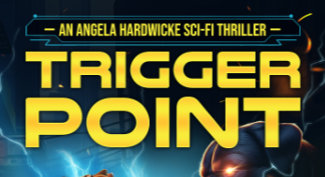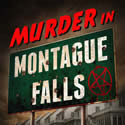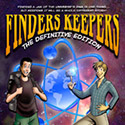Now that I’m back into writing [b]Crossline[/b] I really hit a good streak. Earlier in the year I finished a very rough first draft of about 90,000 words, so now my mission is go back and get the entire manuscript tight and rockin’ and fill in all the gaps so that the entire story comes together.
For the past few weeks I’ve been working on the beginning, which certainly makes sense, and I’m about 20,000 words through, and feeling quite good about it. There’s action, suspense and humor, andNow that I’m back into writing [b]Crossline[/b] I really hit a good streak. Earlier in the year I finished a very rough first draft of about 90,000 words, so now my mission is go back and get the entire manuscript tight and rockin’ and fill in all the gaps so that the entire story comes together.
For the past few weeks I’ve been working on the beginning, which certainly makes sense, and I’m about 20,000 words through, and feeling quite good about it. There’s action, suspense and humor, and, of course, my usual cosmic goofiness.
But now that the first main arc is done, the next one is ready to go. Only … something’s missing. There are a few smaller section that need to fit into between the first main arc and the second. It’s the connective tissue, the segues that bridge the larger arcs. When it comes to these segues, I’m of two minds. Part of me feels like I should just put in a placeholder (which I’ve done for now), saying, fill this in with …" This approach allows me to focus on the heart of the story and keep the action going. Then, when the manuscript is essentially done, I can go back and fill in those placeholders. I’ve written this way before, and it seems to work for me.
And yet another part of me feels like I should slow down for the moment, focus on these placeholders, get them tight and focused, and the return to the main action. The reasons for taking this approach is that, by filling in these slots, working on the connective tissue, it fills out the story more completely earlier on, and it may lead to additional details and story threads down the line. I’ve also written this way, and it seems to work.
Thing is, if I slow down to focus on this smaller section I take myself out of my rhythm for the main story and …
You get the idea.
Truth is, there’s no one best way to write. There’s no right way. It’s whatever works. For the moment, I’m choosing to slow down, which sometimes goes against my go-go-go writing process, as I like the momentum to carry me as long and as far as it will take me. But I also feel like taking a breather might be a good idea, to give me a fresh perspective before I get too ahead of myself and realize I’ve missed something important.
As a writer, my process is always evolving, and I never lock myself into [i]having[/i] to proceed in a certain way. I still sit down and write several days a week, and every day, if I can, so there’s continuity in my process. Every week, I just keep on keepin on until the work is done. But allowing for some flexibility helps, too, as some days I’m just not feeling the story flow, and want to work on the details. Other times, it’s the opposite.
I’ll let you know how it all turn out, but in the end, as long as I have a complete manuscript that I’m really happy about, that’s all that really matters.





